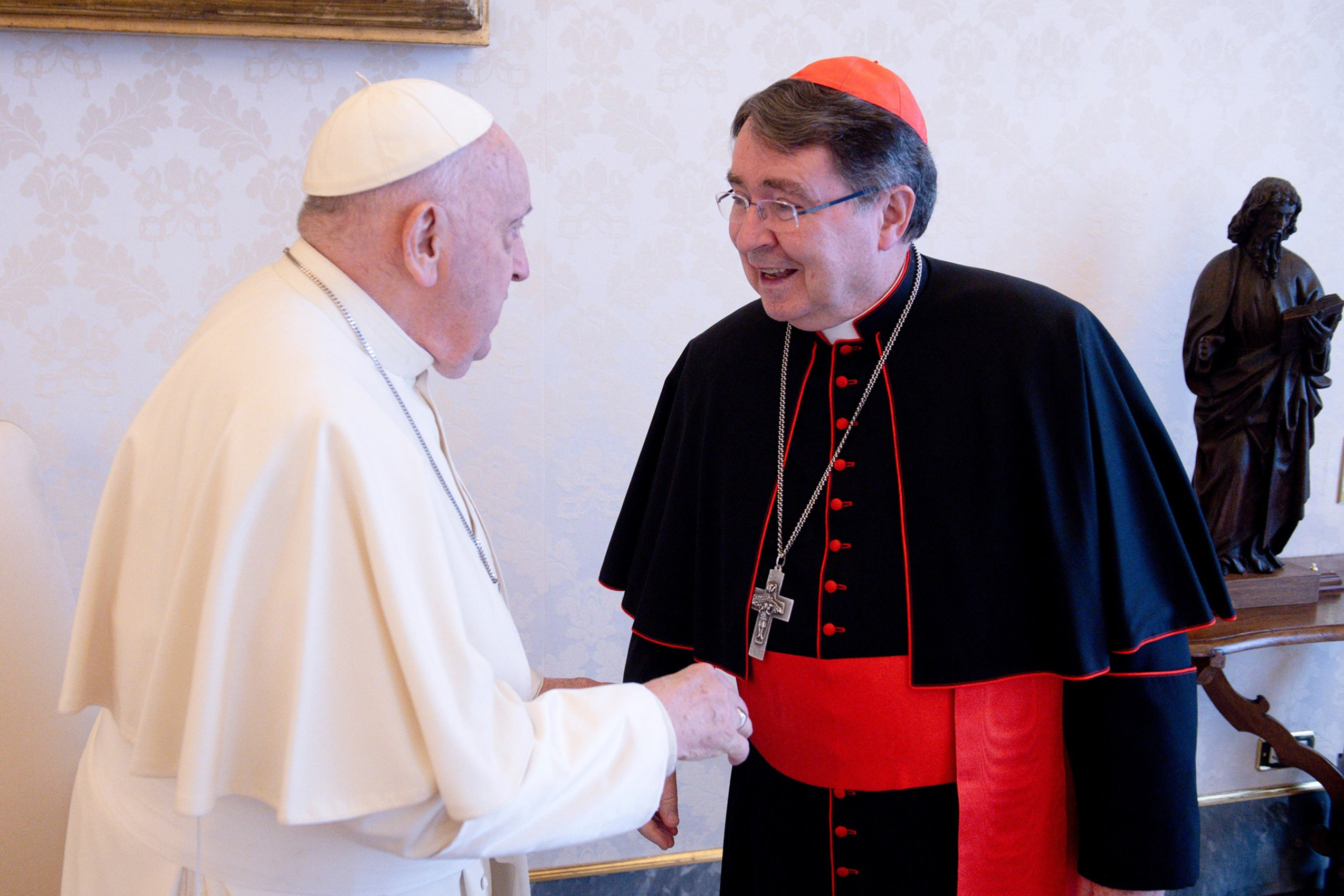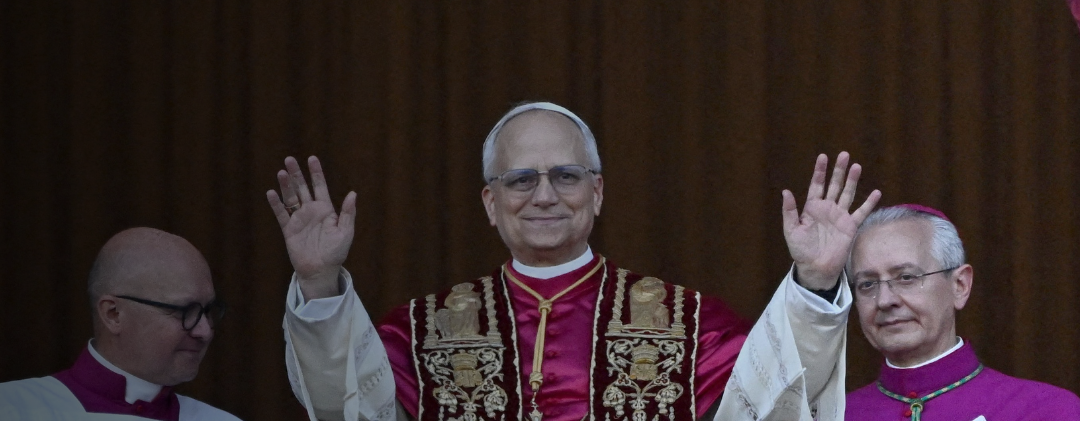
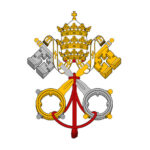
The Pontifical Mission Societies
Propagation of the Faith
In the early 19th century, Pauline Marie Jaricot, inspired by letters from her brother Phileas about the missions, started to gather small groups — mostly workers from her family’s silk mill. She asked each member of the group to offer daily prayer and a weekly sacrifice of a sou (the equivalent of a penny at that time) for the Church’s worldwide missionary work. Pauline insisted that her efforts were meant to be directed at all the missions of the Universal Church.
Out of Pauline’s vision, the Society for the Propagation of the Faith was born. The very first collection of the Propagation of the Faith in 1822 supported the vast diocese of Louisiana, which then extended from the Florida Keys to Canada, as well as the missions of Kentucky and China.
The Society for the Propagation of the Faith continues to revive the missionary ardor of Christian communities and individual faithful through missions around the world, now present in 1,100 dioceses across Asia, Africa, the Pacific Islands, and in remote regions of Latin America.
Their goal is to offer and provide support for pastoral and evangelistic programs, catechists and catechetical work, the building of new churches, health care, education, communication and transport needs.

Missionary Childhood Association
More than a decade before Pauline Jaricot envisioned the idea for the Propagation of the Faith, a young French nobleman – Charles de Forbin-Janson – was ordained a priest. His goal was to work with the poorest of the world’s children in the Missions.
One day in 1843, now Bishop Forbin-Janson had a talk with Pauline Jaricot about his long-time ago dream. In the course of the conversation, she suggested that he appeal to the children of France to help children around the world. As a consequence of this meeting, the Missionary Childhood Association (MCA) was born. Today, MCA continues to follow the vision of Bishop Forbin-Janson – “children helping children” – as children pray and sacrifice for their brothers and sisters in need around the world.
Each year, support from MCA provides for more than 2 million children who are enrolled in catechesis and Christian formation programs, as well as more than 600,000 children from nursery school to secondary school. Additional help has been sent for more than 700,000 children benefiting from programs for “protection of life.” This aid includes health care (basic, rehabilitation, children with disabilities and special needs), advocacy (orphaned children, street children, child soldiers, human trafficking), and outreach (food, water).
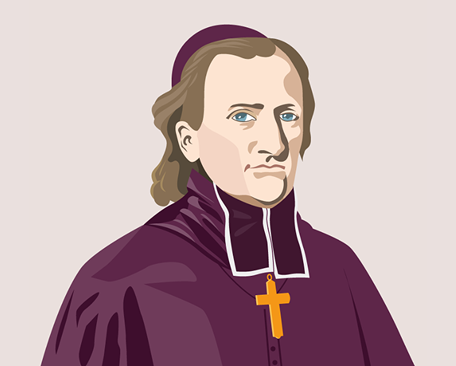
St. Peter the Apostle Association
The family of help for the Missions grew as the 19th century was drawing to a close. Jeanne Bigard, and her mother, Stephanie, received a letter from a French bishop serving in Japan. He shared the news that more than 50 young men were preparing for the priesthood and also mentioned the obstacles and difficulties he was enduring in providing for them and trying to accommodate the growing number of young men applying for admission to the seminary. Stephanie and Jeanne began gathering funds to support those seminarians. In 1889, they established the Society of St. Peter Apostle to support mission vocations, both priestly and Religious.
In the first year of its foundation, the Society of St. Peter Apostle aided approx. 2,700 seminarians.
Today, nearly 28,000 major seminarians, mostly in Asia and Africa, receive an average annual subsidy of $700 per student. The assistance enhances all men and women Religious novices.
Many recipients of St. Peter the Apostle Association are living and working right here in the Diocese of Brooklyn.
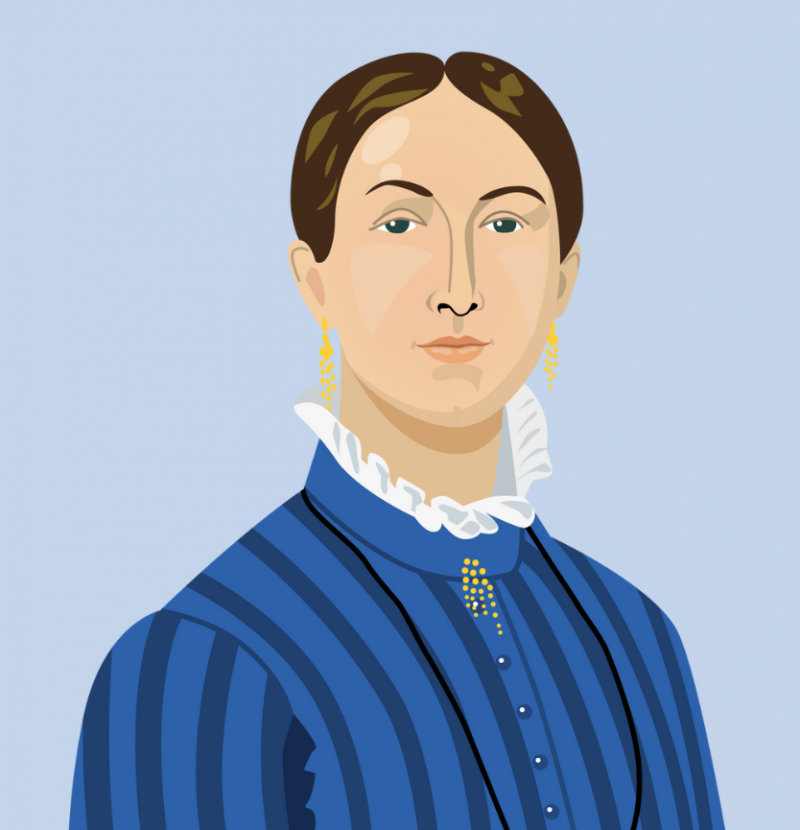
Missionary Union of Priests & Religious
Father Paolo Manna, a PIME missionary from Italy, established the Missionary Union of Priests and Religious in 1916. Known today simply as the Missionary Union, this spiritual apostolate supports those engaged in catechesis and religious education to help Catholics to better understand their baptismal responsibility for the Church’s missionary work.
Three of these four societies received the official title of “Pontifical” in 1922, and their central administration was transferred to Rome to assist the Pope in his outreach to the Missions. The Missionary Union was declared Pontifical in 1956.
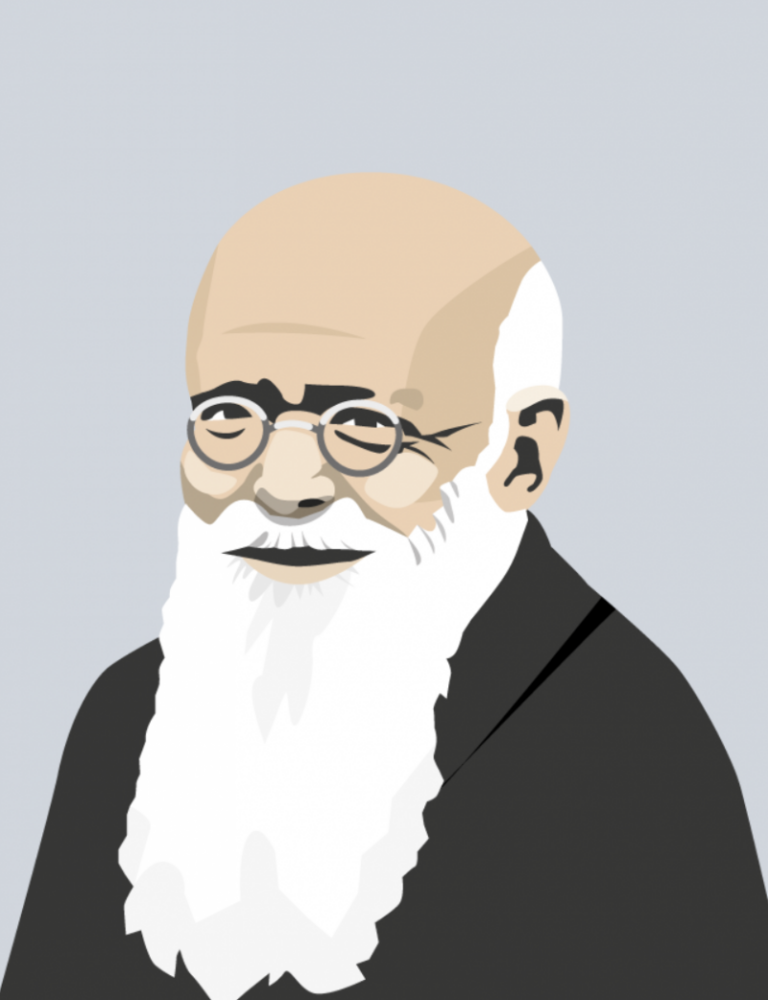
Patron Saints of the Mission
St. Thérèse of Lisieux

St. Thérèse wrote about her heart for the missions, “I want to save souls and forget myself for them: I want to save them even after my death” (Letter to Fr. Roullan, 19 March 1897). Due to her poor health, St. Thérèse’s burning desire to help missionaries during life was confined to prayer and offering up her suffering to lost souls. Such “hidden” labors within the walls of her convent proved fruitful both during her life and after her death. Thus St. Thérèse became known as “Universal Patroness of the Missions” through her concealed but potent missionary work.

St. Francis Xavier

St. Francis Xavier’s missionary activity was far less confined than his counterpart. A friend of Ignatius of Loyola and co-founder of the Jesuits, he traveled to Mozambique, India, the East Indies, and Japan spreading the Gospel. Just before continuing on to China he became ill and died at 46. According to tradition, St. Francis Xavier converted more people to Christianity than anyone else besides St. Paul himself.

National Office: U.S. Headquarters of the Pontifical Mission Societies
Most arch/dioceses have a Propagation of the Faith office, and each Propagation of the Faith office answers to a National Office. The U.S. National office is headquartered in Manhattan. Additional resources about the Pontifical Mission Societies and global Catholic missionary activity in general can be found on their homepage.
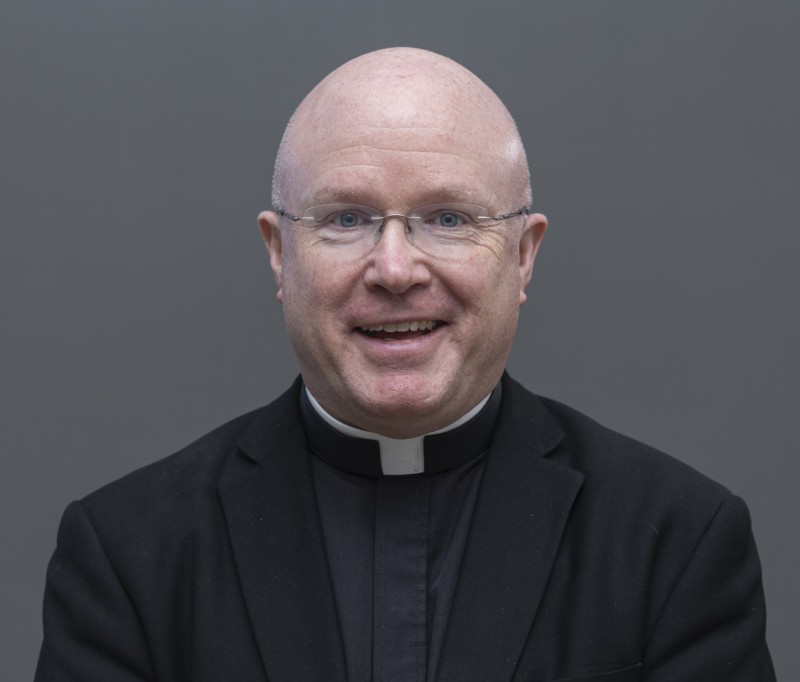
Rev. Msgr. Roger J. Landry, National Director
Mission News
TPMS frequently updates their news feed with stories from the field and current events pertaining to the missions here.
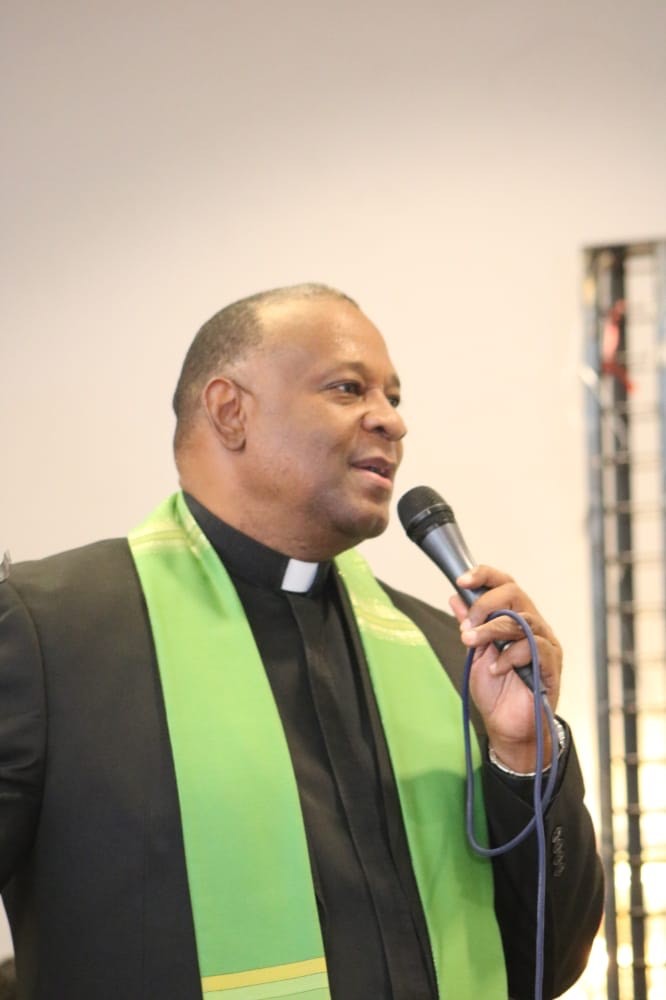
Mission Magazine
If you would like to subscribe to the quarterly TPMS “Mission Magazine” click here, email contact@pontificalmissions.org, or read issues online here.

Missio, the “Pope’s Projects”
Donate to specific events and causes through the “Pope’s Projects” at www.missio.org.
